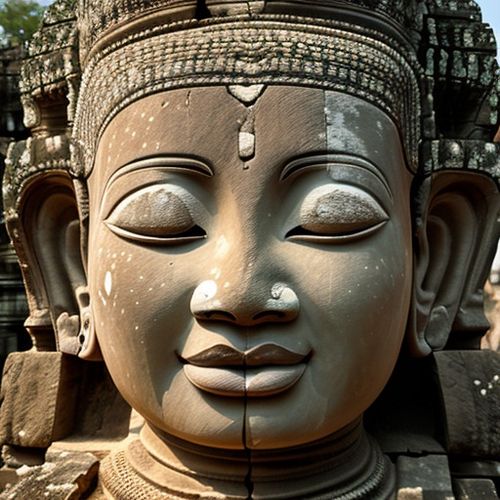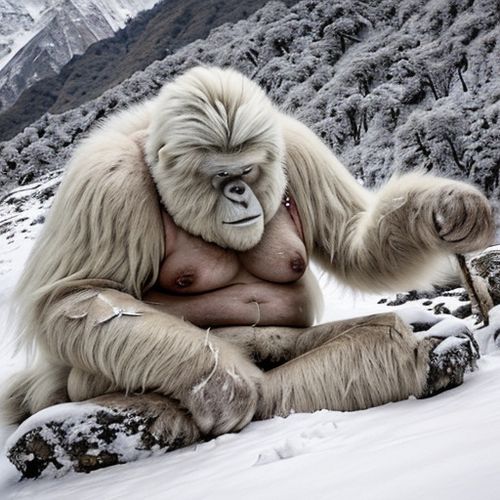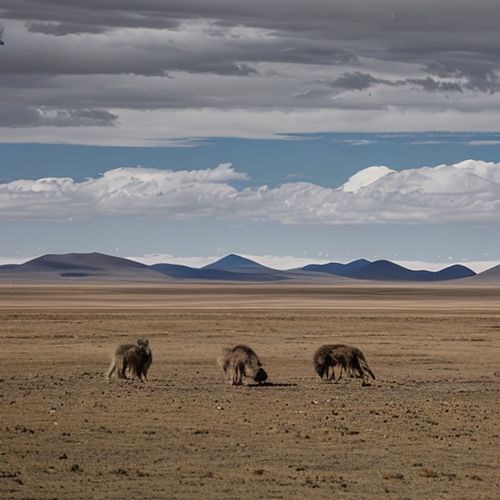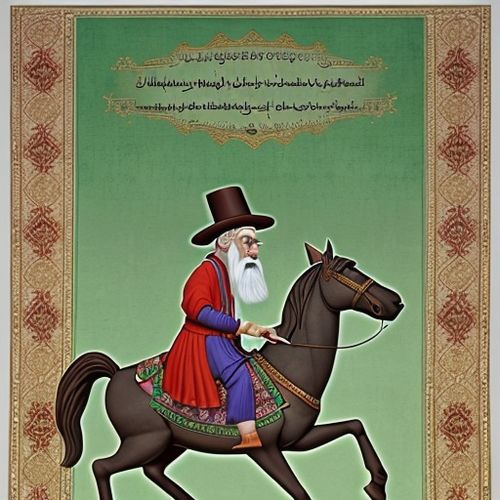The vast, windswept steppes of Mongolia have long been a source of mystery and legend. Among the most intriguing tales to emerge from this rugged landscape is that of the so-called "wolf children"—feral kids said to have been raised by the region's formidable gray wolves. These stories blur the line between myth and reality, challenging our understanding of human development and the boundaries between civilization and wilderness.
The Origins of the Wolf Child Legends
Mongolian herders have whispered about wolf-reared humans for generations. In a land where nomadic families coexist with predator and prey, the idea that wolves might adopt human infants doesn't seem entirely far-fetched. The wolf holds a sacred place in Mongolian cosmology—Genghis Khan himself claimed descent from the Blue Wolf. This cultural backdrop makes the wolf child narratives particularly resonant.
Several alleged cases surfaced throughout the 20th century, often involving children lost during harsh winters or violent conflicts. The most famous account tells of a young boy discovered in the 1960s near the Altai Mountains, exhibiting wolflike behaviors including growling, crawling on all fours, and refusing cooked meat. Soviet ethnographers documented the case before the child vanished into the state childcare system, leaving behind unanswered questions.
Between Fact and Folklore
Modern scholars approach these stories with healthy skepticism. The few "wolf children" studied by scientists typically turned out to be severely abused or autistic children abandoned by their families. Yet the Mongolian cases differ from similar legends elsewhere—the children were often described as thriving rather than merely surviving under wolf care, displaying impressive hunting skills and physical endurance.
Dr. Battulga Myagmar, an anthropologist at the National University of Mongolia, has spent fifteen years collecting oral histories about wolf children. "The consistency in details across unrelated accounts gives me pause," he admits. "Multiple herders from different regions describe seeing human children running with wolf packs, not as captives but as accepted members. They speak of the children's yellow-tinged eyes and calloused palms from quadrupedal movement."
The Science of Feral Children
Western psychology has documented numerous feral child cases, from Victor of Aveyron to Genie the California wild child. These tragic cases demonstrate that human development requires social interaction during critical periods. Children deprived of language and social contact before puberty often never fully develop these capacities.
What makes the Mongolian accounts unique is the purported success of the wolf-reared children. Unlike isolated feral cases where children barely function, the Mongolian wolf children are described as highly capable within their wolf family units. Some researchers speculate that if wolves did raise human children, the intense social structure of wolf packs might provide the necessary stimulation for relatively normal development—albeit within a lupine rather than human framework.
Contemporary Sightings and Skepticism
In 2007, a group of geologists claimed to have spotted a "wild-looking" adolescent girl hunting with wolves in the Khangai Mountains. The story made international headlines before being dismissed as a hoax. However, wildlife rangers continue reporting unusual encounters. Just last year, a park warden near Hustai National Park photographed what appears to be a human child's footprints mingled with wolf tracks in fresh snow.
Critics argue these stories persist because they fulfill a psychological need. "They represent our fascination with the wild and our fear of losing children to the unknown," explains cultural psychologist Dr. Elena Petrova. "In Mongolia specifically, the wolf child myth reinforces the deep connection between humans and nature that underpins nomadic identity."
The Enduring Mystery
Despite modern technology, Mongolia's remoteness still guards its secrets. With vast uninhabited areas and a wolf population numbering in the tens of thousands, the possibility—however slim—that humans could cross paths with wolves in this intimate way remains tantalizing. The wolf child legend endures not just as campfire folklore, but as a profound metaphor for the untamable spirit of Mongolia itself.
Perhaps the truth lies somewhere between literal fact and symbolic truth. As one elderly herder told researchers: "Whether the wolves truly raise our lost children matters less than knowing that in the wilderness, no child is ever completely alone." In this land of extremes, that may be the most important lesson of all.

By Olivia Reed/Apr 28, 2025

By Emma Thompson/Apr 28, 2025

By Samuel Cooper/Apr 28, 2025

By Grace Cox/Apr 28, 2025

By George Bailey/Apr 28, 2025

By Rebecca Stewart/Apr 28, 2025

By George Bailey/Apr 28, 2025

By Olivia Reed/Apr 28, 2025

By Eric Ward/Apr 28, 2025

By Benjamin Evans/Apr 28, 2025

By Amanda Phillips/Apr 28, 2025

By Sophia Lewis/Apr 28, 2025

By Christopher Harris/Apr 28, 2025

By Benjamin Evans/Apr 28, 2025

By Rebecca Stewart/Apr 28, 2025

By David Anderson/Apr 28, 2025

By Olivia Reed/Apr 28, 2025

By Lily Simpson/Apr 28, 2025

By Emma Thompson/Apr 28, 2025

By Laura Wilson/Apr 28, 2025